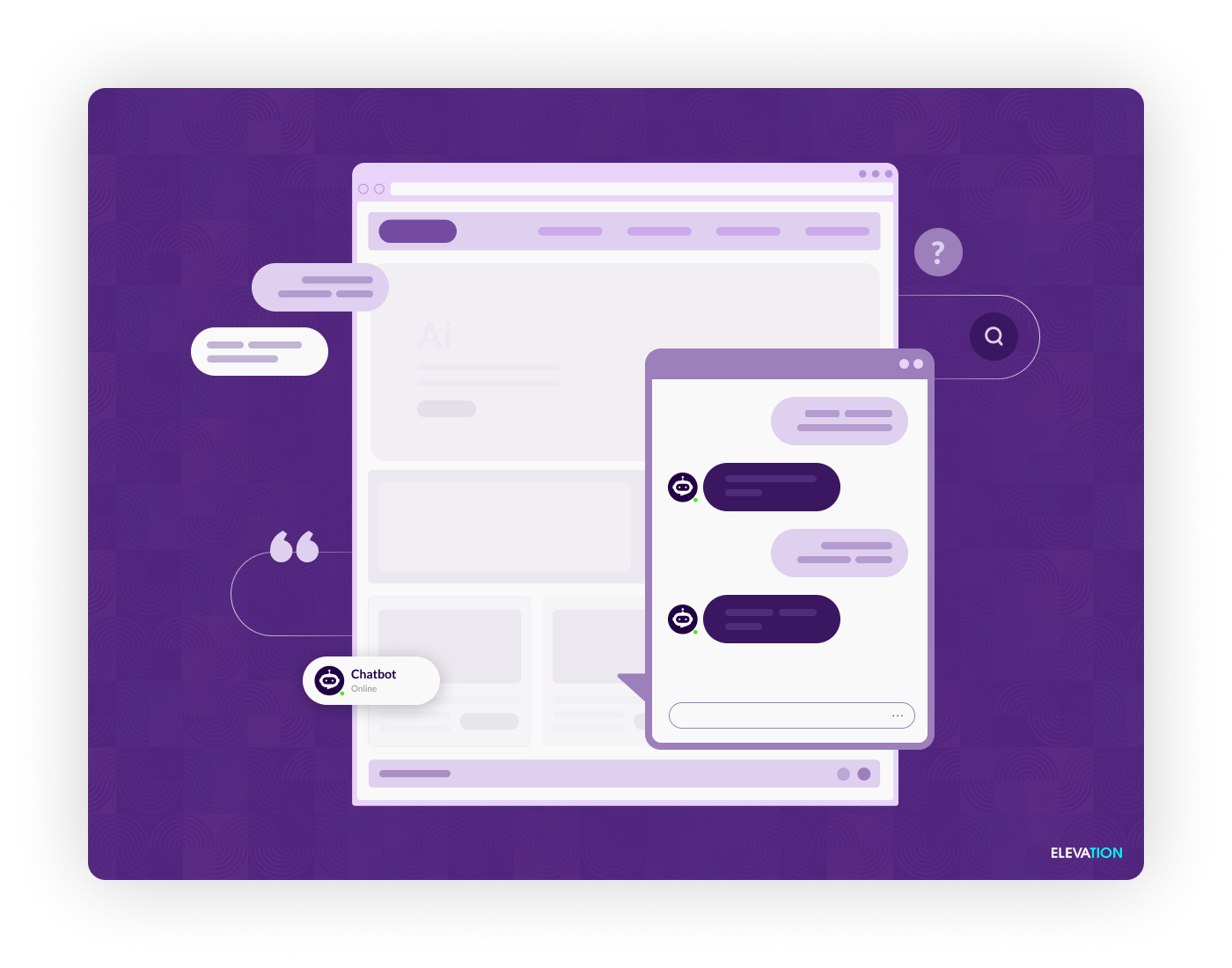For the first time in history, there are four generations present (and a fifth on the way) in the American workforce. It was inevitable of course: people are living longer and retiring later. This diversity of generations brings a wealth of talent and experience to the workplace, leading to more creative problem solving and the creation of unique projects and friendships. However, managing a multigenerational workforce also poses new challenges for managers. In this article, we will explore the different generations present in the workforce, their characteristics and how to create a harmonious work environment for all.
Who are the five generations? What are their age ranges and characteristics? 
At this point, most Traditionalists are retired, but many are extremely active in their retirement as volunteers or board members for nonprofits. The Traditionalists, also known as “the silent generation” or “the greatest generation,” were born between 1927 and 1945. They grew up during the Great Depression and value hard work. They have “traditional values,” which can sometimes lead to nonprofit culture clashes with younger employees. They believe that hard work pays off and promotions are earned through hard work and seniority.
Next, the Baby Boomers, born between 1946 and 1964, entered the workforce during a time of healthy economic growth and readily available jobs. This led to high competition for promotions and many Baby Boomers are work and achievement oriented, valuing independence in the office. They are also debt-free due to lower education costs, allowing them to invest in things such as homes and cars earlier in life.
The Gen Xers, born between 1965 and 1980, are sometimes overlooked because they are outnumbered by both their preceding and following generational counterparts. The term “latch-key kid” originated with them since many had two working parents and would come home to empty houses after school before their parents came home from work. For this reason, many members of this generation are extremely independent and dislike being closely managed.
And while the following generations get all the credit for being technologically savvy, Gen Xers are pretty up-to-date on the latest technological advancements as well.
There is some disagreement over where this generation starts and ends, but Millennials are generally considered to include those born from 1980 to 2000. In the past they have been stereotypes as self-involved, somewhat lazy individuals wreaking havoc upon the American economy, but they are also are known for their teamwork. They have been multi-tasking since a young age and hate being bored. Millennials also require a lot of feedback from managers and enjoy both validation and critiquing of their work.
Another distinguishing factor of Millennials from preceding generations is their view of a work-life balance. Millennials value their time outside of the office and generally support more flexible working hours. This is not to say that they don’t get their work done; they are highly efficient but, after completing tasks, do not believe in remaining in the office just to kill time.
The post-2000s babies are just now reaching adulthood and are being referred to as Gen Z. While many do not hold permanent positions yet, the youngest hires and interns all hail from this generation that has only ever known a technologically connected world. They consume information quickly and constantly.
Gen Zers are even more culturally diverse and gender fluid than their predecessors, the Millennials. They are generally very open-minded. This attribute is a wonderful asset for nonprofits as it can be channeled to promote connection and respect for coworkers and those served by your nonprofit.
Potential Problems
 Younger Boss, Older Employee
Younger Boss, Older Employee
It is becoming increasingly common for a younger boss to manage older employees. This dynamic can seem odd or difficult to manage, but all that it takes is proper communication to create a good working relationship.
Younger bosses need to make it clear to their older employees that they both value their employees’ knowledge and are willing to learn from them. It is important that they admit it when they require help or expert advice from older employees rather than trying to do it on their own and alienating their staff.
Stereotypes
“Millennials are lazy and entitled.”
“Baby Boomers can’t use technology.”
Statements like these are detrimental to the working culture of your organization. As a manager, it is your responsibility to counter such stereotypes and the best way to do so is by using evidence to the contrary. Use examples of Millennials at the office who are hard-working and dedicated and Baby Boomers who dance circles around the interns using your nonprofit’s CRM to counter previously held biases.
Work Hours
As jobs evolve, so do workspaces. From freelancing to remote work, the traditional “office” is no longer the only option. However, this can be a cause for contention between Baby Boomer bosses and Millennial employees or Baby Boomer employees and their Millennial counterparts. Misunderstandings of what is expected of an employee run rampant when there aren’t clear expectations for office hours.
Whatever your office policy is, just make sure that it is made clear to all of your employees. While we recommend allowing for flexibility in the hours and location of your employees’ workday, it’s also okay if you need them in the office everyday from 9-5. If you do opt for flexible in-office time, then make sure everyone is aware so that no one begins to question another’s dedication.
Jealousy and Resentment
It’s difficult when someone else is promoted ahead of you. Now imagine if that person is 20 years your junior. As a manager, it is your responsibility to promote as you see fit. That person might be 25, in which case it’s crucial to preemptively open communication channels with the rest of your staff.
When promotions are looming, set clear criteria and expectations to make the process smoother for staff. If you are the one who was promoted, take into account the feelings of your team while transitioning into your new management role.
Best Practices
Establish Core Values and Similarities
At the end of the day our commonalities are greater than our differences. Focusing on shared values and interests will lead to better relationships between you and your employees and among employees themselves.
Establishing a set of core values that you refer to often creates a sense of shared ownership of your nonprofit’s overarching mission. Everyone at your organization has chosen to work at a nonprofit, where they likely make less money than they could working at a for-profit company. Your employees do so because they believe in your nonprofit’s mission. If you, as a manager, focus on these shared values, your employees will as well.
Establish Mentoring & Reverse Mentoring Programs
No one knows everything, and learning from someone of a different generation provides perspectives and skills you might not develop otherwise. Mentorship programs are the perfect avenue to allow staff to learn from one another.
When designing a mentoring or reverse mentoring program (when a junior staff person mentors a more senior staff person related to a particular role or skill), the most important criteria for success is structure:
- Who is mentoring who?
- What is the goal of the mentorship program?
- Where will they meet?
- How often?
- For what duration of time?
Take everything into account in the design stage, so that you can answer questions that will come up when promoting your program. You can still allow some flexibility, but participants can’t demonstrate commitment without knowing the expectations.
Gender, Diversity & Generational Biases Training
At this point, we’re assuming that your organization regularly engages in gender and diversity training. Consider adding a section on generational biases if they have been largely ignored up until this point. Every opportunity to bring things to the surface makes it easier to circumvent potential problems in the future.
Stretch Projects
All good managers are able to judge their staff’s strengths and weaknesses and assign projects that help them further develop their skills. Assigning “stretch projects” in groups that are tailored to the individual staff members and their growth is a great way to encourage communication amongst staff and allow them to learn from each other.
Outside Office Events
Having events that take place outside of the office allow staff members to connect in a different way. At a staff picnic, a Traditionalist and Millennial might discover they both love the same book or have traveled to the same place. Having opportunities for staff to do activities together that are unrelated to work allows for teamwork to be practiced, biases to be broken, and ultimately makes your office a better place to work.
Conclusion
A lot of the “problems” that appear in inter-generational offices are communication lapses and misunderstandings. Make it your goal as a manager to limit these occurrences and remain open and honest with your staff.















